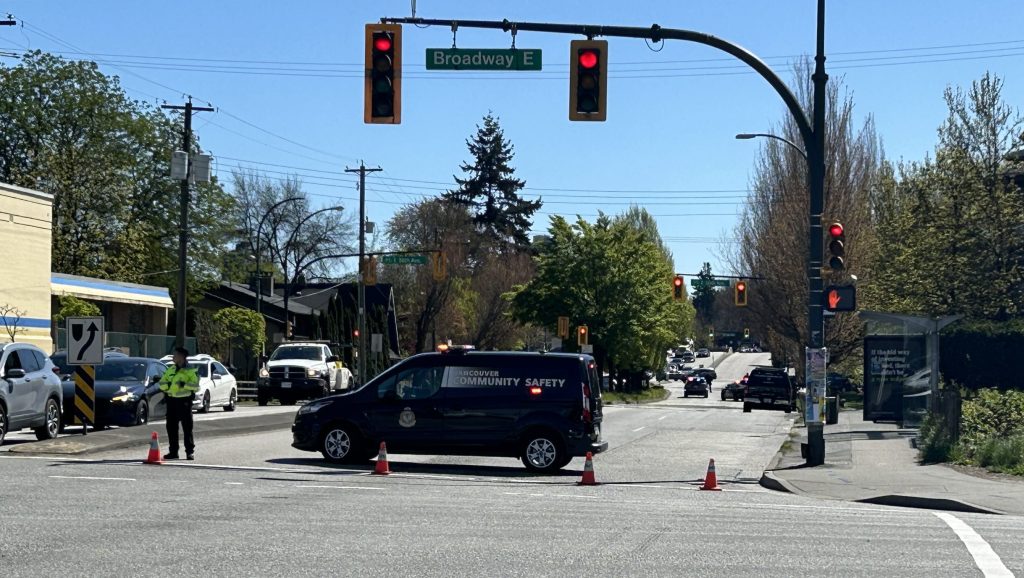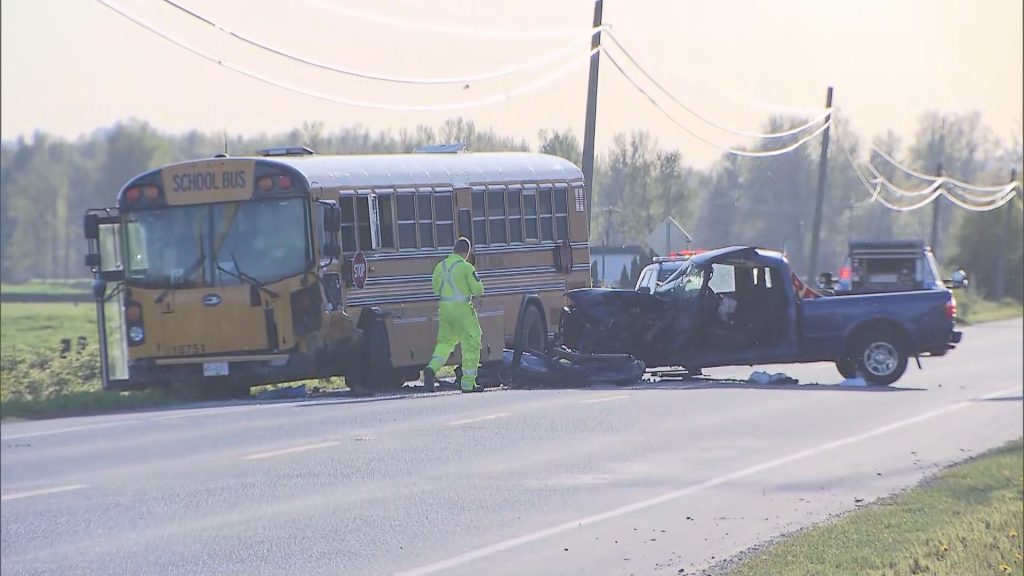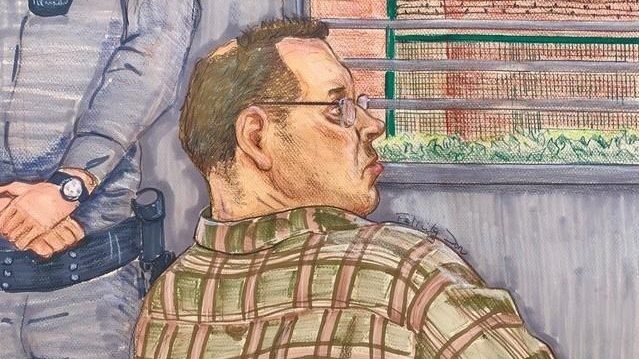Wisconsin Historical Society shares vision for $120M museum
Posted May 17, 2019 10:06 pm.
MADISON, Wis. — Imagine speaking in real time to divers exploring a shipwreck off Door County, watching an American Indian elder describe how to harvest wild rice, climbing inside a vintage Oscar Mayer Wienermobile, then eating dishes from around the state in a classic Wisconsin supper club.
Or viewing a shawl that belonged to Abraham Lincoln, a handwritten letter by Thomas Jefferson suggesting the transcontinental expedition later undertaken by Meriwether Lewis and William Clark, or the original film scripts for “Citizen Kane” and “Gone With the Wind.”
All in one place.
After two decades of planning, the vision for a new $120 million, 100,000-square-foot Wisconsin Historical Society museum Downtown is taking shape, fueled by an unprecedented outreach effort to communities across the state, American Indian tribes and generations of Wisconsinites.
The state, the Historical Society, developer Hovde Properties and landowner Fred Mohs have long seen part of the block that fronts Capitol Square and holds the current, undersized museum and surrounding properties for a joint redevelopment that could be the largest project in city history with total costs approaching $255 million.
The museum, which would more than double current exhibition space and provide flexible learning, meeting and gathering spaces, all equipped with state-of-the-art technology, would occupy the lower floors of the redevelopment. The $90 million to $135 million Hovde-Mohs private project offering 200,000 to 250,000 square feet of commercial space and housing would rise over part of the site to the state capitol height limit, the Wisconsin State Journal reported.
The project had been stalled, but in early 2018, the state Department of Administration notified the Historical Society that if it could raise $50 million, the state would deliver the remaining $70 million for the museum. Gov. Tony Evers put $70 million for the project in the proposed 2019-20 capital budget, although the Legislature’s budget committee will need to approve it.
Of the $120 million, $100 million would be for building the museum with the rest for an endowment and transitioning from the existing to new facility. It is expected to attract about 150,000 people and double student visits to more than 50,000 annually, finally showcase the society’s biggest artifacts and world-class collections and allow for real-time distance learning from around the state through new digital tools.
Underscoring its broad appeal, former governors Tommy Thompson, a Republican, and Jim Doyle, a Democrat, have served as fundraising campaign co-chairs.
“This project has had a good, strong bipartisan commitment because Wisconsin deserves a museum of this calibre,” Doyle said.
Added Thompson: “Now is the time to build this museum.”
The Historical Society declined to say how much has been raised. But Historical Society director Christian Overland said, “We are ready.”
“It’s the right time for Wisconsin, too,” he said.
Today, the Historical Society, established in 1846, has one of the nation’s largest collections of North American historical assets and operates 12 museums and sites. But its flagship museum has been housed in the 42,000-square-foot former Wolff Kubly hardware store building at 30 N. Carroll St. since 1984.
The museum, which draws 77,000 visitors annually, including 23,000 school children, is woefully inadequate.
It has just 17,000 square feet of exhibit space and 10-foot ceilings, half the desired height. There’s no loading dock. The front lobby can be jammed when students are arriving or leaving, and the society sometimes must turn school groups away for lack of space. The building has only two slow elevators and four bathrooms with a total of eight stalls. A 1,200-square-foot area behind the main desk serves as an exhibit, luncheon and programming space, with a large column in the middle of the room blocking views when a movie screen is used.
The building lacks wide open vistas, a must for modern museums. Seating space is limited. Few windows offer views to the Capitol across the street.
All artifacts or exhibits must come through the front door, meaning the society can’t display big items like the Wienermobile and must severely limit the number and scale of presentations or travelling exhibits. Many of the society’s most treasured holdings can’t be displayed because they’d be damaged by inappropriate lighting and lack of environmental controls.
To shape the new museum, the society is seeking a broad spectrum of voices through community events, engagement with American Indian tribes and outreach to minorities and youth, Overland said.
The simple theme, he said, is: “What makes Wisconsin Wisconsin?”
At a listening session in Superior, for example, there was strong sentiment for the area’s shipping and maritime heritage. But speakers also wanted to tell the story of how the iron ore shipped from the region helped build an arsenal of democracy in World War II. In La Crosse, residents emphasized their deep attachment to the Mississippi River. Tribal members said they wanted to tell the story of their sovereignty and the history of their ancestral lands, and to play a role in welcoming visitors to the museum.
Eventually, more than 5,000 people are expected to be touched by the society’s outreach efforts.
“It’s not just bricks and mortar,” Overland said. “It’s 72 counties. We’re trying to get at the real soul of Wisconsin.”
The emerging concepts promise a historical experience like no other in the state, and a regional attraction that could draw visitors from places like Chicago and the Twin Cities, said Wes Mosman Block, the society’s chief operating officer.
The interior is being designed by Gallagher and Associates, an internationally recognized cultural institution design firm whose clients include the Smithsonian Institution, Gettysburg Museum, National World War II Museum, Grammy Museum and Ronald Reagan Presidential Library and Museum.
“The new Wisconsin history museum will be a profound statement of the value of history to the community,” Patrick Gallagher said. “Knowledge of the past creates a path to guide and understand the future. The rich, diverse cultures of Wisconsin make the state an exemplary example of what this country stands for.”
The centerpiece will be a two-story, 360-degree multimedia experience space that will introduce guests to core themes they’ll find throughout the museum and much more.
The room will be lined with a mosaic of digital screens that can offer tailored presentations on everything from customized greetings for a grade school group to dynamic presentations for evening events.
For special events, a large screen can offer real-time visuals from society underwater archaeologists, curators working in the field, or Native Americans demonstrating crafts who can also interact with an audience in the room and at remote sites, including classrooms, across the state.
“They’ll feel like the whole state’s connected,” Overland said.
Themed galleries will include a “Laboratory of Democracy,” a celebration of the state’s political heritage with a broad window overlooking the Capitol. It will include a digital presentation on the gallery’s walls of newspaper headlines drawing upon the society’s archives — the second-largest newspaper collection in North America — exploring topics visitors can choose from, such as presidential elections. Other interactive displays will highlight the state’s changing demographics.
Another gallery on agricultural ingenuity will feature a re-created canoe central to the tribal history of harvesting wild rice, with an interactive component that lets people stand in a canoe to navigate a waterway and collect virtual grains using digital map technology.
Other galleries will focus on industrial innovation, including a re-creation of an enormous turbine built for a hydroelectric generating plant at Niagara Falls by the Allis-Chambers Co. in Milwaukee, and natural resources with a re-created wooded shoreline and an iconic vacation cottage.
The museum will have theatres at the entry to each major gallery to orient guests to what they’ll see next, and which can also be used for events, demonstrations and lectures.
At the re-created supper club, guests can learn while they eat at a classically styled restaurant adorned with artifacts from local taverns across the state. An interactive feature embedded within the tables will explore the role played by food and drink in what makes Wisconsin Wisconsin.
Museum guests will also be given an opportunity to share their stories and explore family histories.
With its 25-foot-tall ceilings, the facility will let the society showcase items such as the Wienermobile, the first Culver’s restaurant sign and a hand-built, Green Bay Packers-themed ice-fishing shanty, all too big to be brought into the current museum. They’re now stored at the society’s new $46.7 million, 188,000-square-foot State Archive Preservation Facility near Williamson street and the Yahara River on the Near East Side.
“We want it to be dynamic,” Overland said of the new museum. “It’s a way to connect people with history in different ways.”
Many of the society’s treasures, however, come from beyond the state’s borders. The society has the largest collection of published and unpublished materials documenting the history of North America outside of the U.S. Library of Congress.
But until now, many have never been seen by the general public due to the current museum’s inadequate lighting and poor environmental controls.
A sampling includes a shawl from 1861 that belonged to Abraham Lincoln; an artifact from 1513 believed to be the oldest surviving map to show any part of North America; and a rock and note that was thrown through the window of Daisy Bates, the African American civil rights activist and newspaper publisher who played a key role in the fight against segregation in Little Rock, Arkansas. The note, written on a matchbook, says, “The next will be dynamite. K.K.K.”
The letter from Thomas Jefferson to George Rogers Clark, a famous military commander during the American Revolution and brother of William Clark, suggests what would eventually become the legendary transcontinental expedition led by Lewis and Clark to the Pacific Coast.
“That letter isn’t in the Smithsonian or the National Archive,” Overland said. “That letter is here.”
The facility will offer new opportunities to showcase a film collection held in partnership with the Wisconsin Center for Film and Theater Research at the University of Wisconsin that’s one of the largest Hollywood archives in the world.
The new museum, combined with the society’s holdings and printing capacities, will let the society expand beyond its current role in helping all fourth-graders in the state learn about Wisconsin history to assisting civics classes and eighth- and ninth-grade introduction to U.S. history, Overland said.
Currently, the museum suggests a donation of $5 for adults and $3 for children 5 to 12, with younger children admitted free. The society doesn’t yet know what it will cost to visit the new facility.
“Our current building is static,” Block said. “This allows us to roll out the incredible resources we have. It makes all the resources of the organization available. We’re the one-stop shop for history.”
“We want people to be wowed,” Overland said.
___
Information from: Wisconsin State Journal, http://www.madison.com/wsj
An AP Member Exchange shared by the Wisconsin State Journal.
Dean Mosiman, The Associated Press










